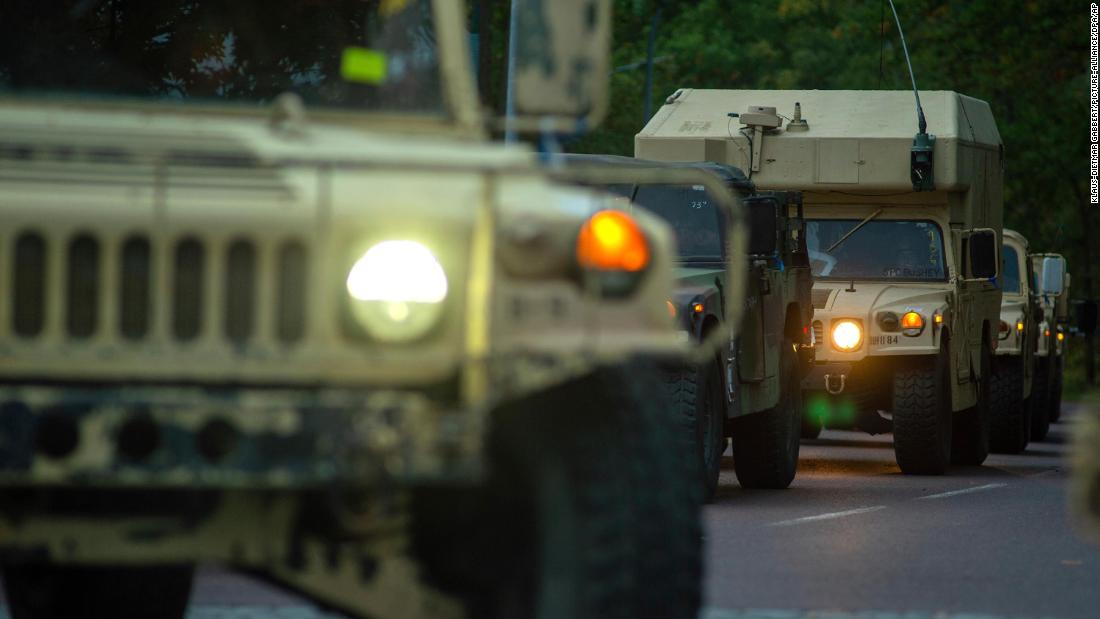Thousands of troops could deploy to NATO countries before any potential Russian invasion of Ukraine as a show of support, sources say
The deployments — numbering approximately 1,000 personnel to each country — would be similar to the forward battle groups currently stationed in the Baltic States and Poland, two defense officials said. Among the countries considering accepting the deployments are Romania, Bulgaria and Hungary, all three officials said. No final decisions have been made.
The US and UK are among those considering the new, pre-invasion deployments, but not all 30 NATO members are willing, according to a European diplomat. Therefore, the US is in discussions to send the additional forces on a bilateral basis or, as one official described it, as a “coalition of the willing.”
Broadly, the US military goal would be to “meet the capability” NATO allies in the region are asking for, another defense official said last week. US forces could operate, as they already do, unilaterally in Europe, but could also operate under existing NATO command structures.
The possibility of deploying some forces closer to Russia’s doorstep before an invasion marks a shift by the administration, which had previously been wary of the risk of further provoking Moscow. The move could be weaponized by the Kremlin as an example of the kind of aggressive NATO posture that Russia has been using to justify its buildup of forces along Ukraine’s borders.
Kirby told CNN on Tuesday that some troops are also on heightened alert “just for our own United States purposes to see if there’s a need for us to continue to reassure on a bilateral basis with some of our NATO allies over in Europe.” And President Joe Biden also said on Tuesday that he “may be moving some of those troops in the nearer term, just because it takes time” and because the US’ eastern European allies have “reason for concern.”
President Biden was originally planning to deliver remarks to the public on the situation with Russia as early as this week, two sources said, but it is now unclear whether he will as the White House continues to try and engage with Russia diplomatically.
The military planning comes as the US has become increasingly concerned that a further Russian invasion of Ukraine could happen at any time and on short notice.
“When we said it was imminent, it remains imminent,” White House press secretary Jen Psaki said during a daily briefing on Tuesday. “But again, we can’t make a prediction of what decision President Putin will make. We’re still engaged in diplomatic discussions and negotiations.”
![]()


